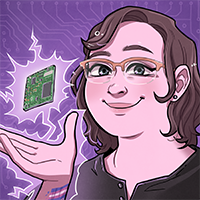Chromium Embedded Framework 3 - Bare Bones
"The Chromium Embedded Framework (CEF) is an open source project founded by Marshall Greenblatt in 2008 to develop a Web browser control based on the Google Chromium project." (stolen from project's web site) Over the last few weeks I've spent a number of hours reading up on how to integrate CEF into an application. The project's forum provides a nice support area where people can ask for help and the source distribution comes with an example application called "cefclient" that uses CEF to show how to build an application with it. The problem that I had, though, is that while "cefclient" is a nice resource if you're looking for an advanced implementation on how to integrate CEF as a whole, but if you're looking to start out with a complete bare-bones implementation that just barely works it's overkill. You're not quite sure where to start and the example in the General Usage page of the wiki is currently either out of date or referencing a different version of CEF than I'm working with. Once I was able to get the most basic implementation running, I decided it would be good to document how to do it as the resources I was able to find were either out of date or unavailable.
